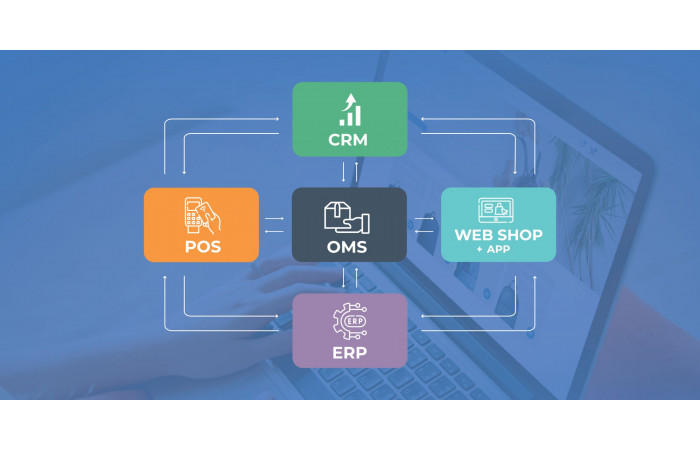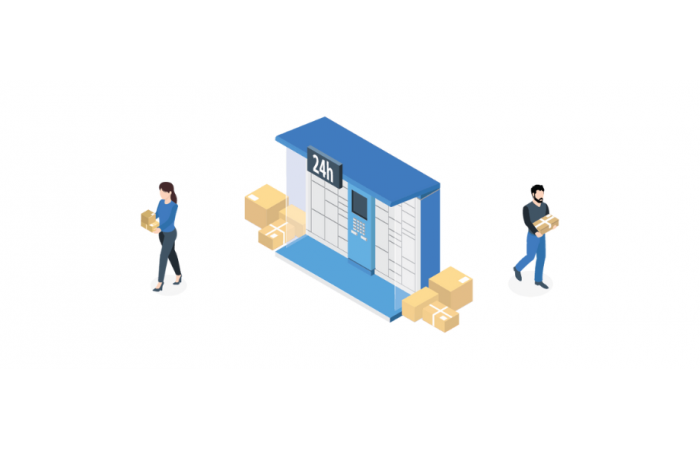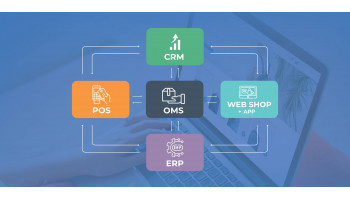Several key trends are anticipated to shape the e-commerce industry in the second half of 2023.
1. Artificial Intelligence and Machine Learning
Artificial Intelligence (AI) and Machine Learning are omnipresent technologies fundamentally reshaping the world. They've revolutionised how big retail systems approach user experience, data processing, and sales strategy.
1.1 Improved Product Recommendations
AI's current key application lies in refining product recommendations. Recommendation systems, powered by machine learning, analyse purchase history, preferences, and user behaviour. Algorithms accurately predict which products users are likely to buy within specific time frames, a strategy that not only enhances user experience but aids merchants in boosting sales and revenue..
 1.2 Personalised User Experience
1.2 Personalised User Experience
AI and Machine Learning play a vital role in personalising the user experience. AI-based systems tailor website content for each visitor based on their past behaviour, preferences, and profile. This includes customising product showcases, promotions, and site navigation, improving customer satisfaction, reducing cart abandonment, and growing conversions.
1.3 Automated Customer Support Services
AI serves as a key tool for automating customer support systems. AI-powered chatbots and virtual assistants automatically respond to user queries, resolve level 1 and even level 2 issues, and provide product information, not only enhancing customer support efficiency but also offering customers quick and helpful responses..
1.4 Predictive Analytics
AI and Machine Learning's strength lies in predictive analytics, enabling retailers to analyse vast datasets and predict future trends, user behaviour, and sales outcomes. This allows retailers to make proactive decisions based on extensive data, enhancing their business operations.
1.5 Adaptive Logistics and Supply Chain Management
AI and machine learning also have the potential to transform logistics and supply chain management. Algorithms can predict product demand, optimise inventory, and improve forecast accuracy, leading to cost reduction, increased efficiency, and improved customer satisfaction.
Artificial Intelligence and Machine Learning have not only transformed e-commerce but also laid the foundation for its future. Their ability to analyse huge amounts of data, personalise user experiences, automate customer support, and enhance operational efficiency makes them key tools for any enterprise in the e-commerce industry.
sničko iskustvo, automatizuju sistem korisničke podrške i poboljšaju operativnu efikasnost, čine ih ključnim alatima za svako preduzeće u ecommerce industriji već sad.
2. Mobile Commerce in Enterprise eCommerce Systems
Mobile commerce, or m-commerce, has become integral to e-commerce and large systems. It will continue expanding in 2023, driven by the growing number of smartphone users and advancements in mobile application technologies.
 2.1 Increased Smartphone Use for Online Shopping
2.1 Increased Smartphone Use for Online Shopping
More consumers are utilising smartphones for online shopping due to the simplicity and convenience of ordering products from anywhere at any time. Projections indicate that over 70% of all online transactions will be conducted via mobile devices by the end of 2023 in Serbia and the region.
2.2 Optimisation for Mobile Devices
With the rising number of consumers using mobile devices for online shopping, merchants must optimise their websites and applications for smaller screens. Responsive design, fast loading times, clear CTAs, and easily accessible product information are crucial for success.
2.3 Mobile Applications as Sales Platforms
An increasing number of retailers are developing mobile applications to offer a better user experience than mobile sites. Applications provide faster loading times, personalised notifications, and data storage for quicker payments and checkouts, contributing to customer loyalty.
2.4 Security in Mobile Commerce
As mobile commerce grows, security becomes increasingly important. Merchants must ensure the security of their mobile sites and applications, using data encryption and other security measures to protect customer data and build trust.
3. Omnichannel Sales in Enterprise E-commerce Systems
Combining physical and digital channels, Omnichannel sales have become a key strategy for enterprise retailers. Omnichannel enables retailers to reach a broader range of consumers and provide a consistent shopping experience.
3.1 Integration of Physical and Digital Channels
Key to omnichannel sales is the integration of various sales channels, allowing companies to sell products not only through websites and applications but also in physical stores, through social media, email marketing, and other channels..
3.2 Consistent Shopping Experience
A key goal of omnichannel sales is to provide a consistent shopping experience, irrespective of whether consumers are buying online via smartphones, desktops, in physical stores, or through social media.
3.3 Personalisation through Omnichannel Sales
Omnichannel sales provide opportunities for personalisation. Retailers can use data from different channels to better understand consumer behaviour and tailor their offers to individual consumers, leading to higher customer satisfaction, increased loyalty, and higher sales.
 3.3 Technological Support for Omnichannel Sales
3.3 Technological Support for Omnichannel Sales
Strong technological support through loyalty systems, part of larger CRM systems like NB CRM, is essential for an effective omnichannel strategy, st. These technologies enable merchants to manage different sales channels efficiently, analyse consumer data, and optimise their strategies.
The second half of 2023 and the upcoming 2024 bring exciting trends shaping the future of enterprise e-commerce in Serbia and the region. Merchants who successfully leverage these trends will be positioned for success in the coming years.











.png)
.png)
.png)
.png)



.png)

.png)
.png)

